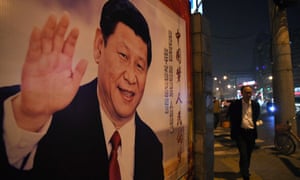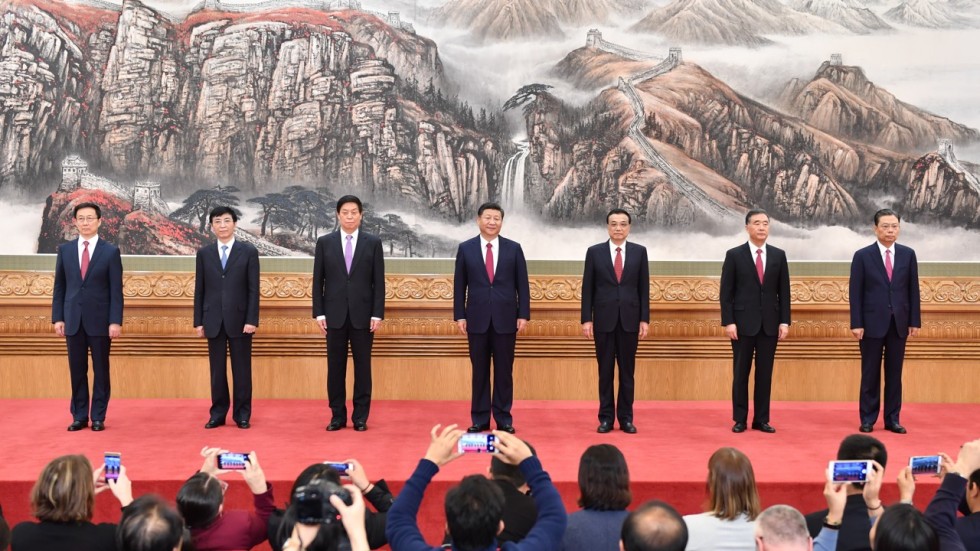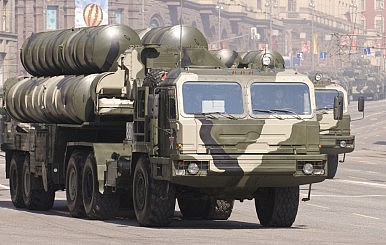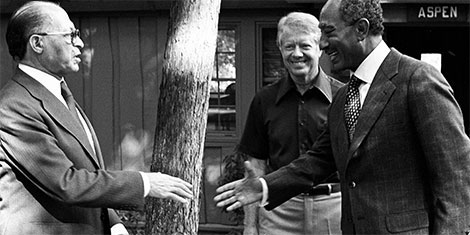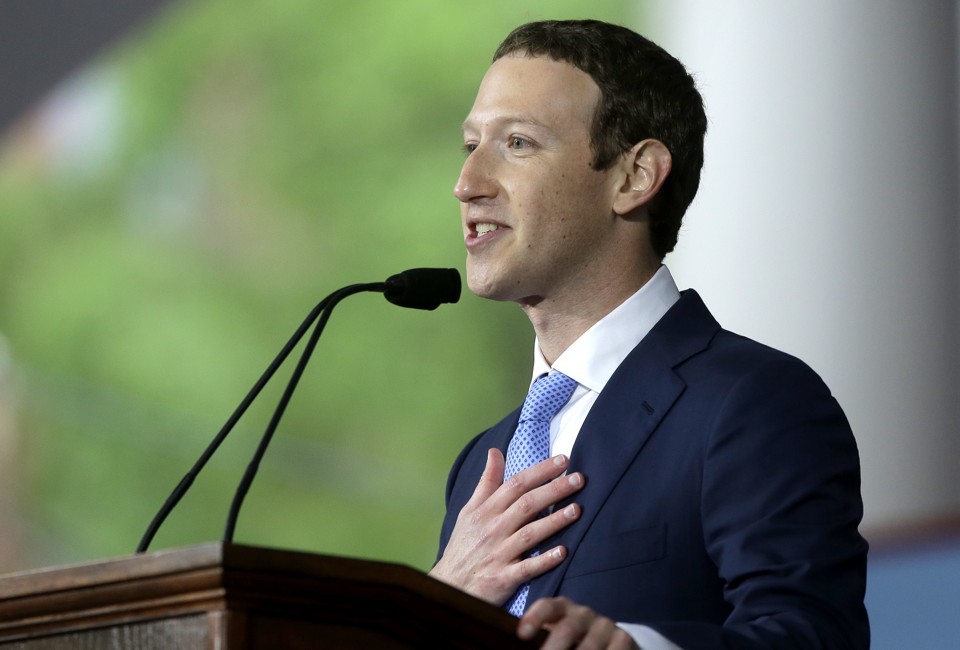Recently there has been a debate in USA on "Are There Too Many General Officers for Today’s Military?
There are approximately 900 Active duty general/flag officers (GO/FOs) today of 1.3 million troops. This is a ratio of 1 GO/FO for every 1,400 troops. During World War II, an admittedly different era, there were more than 2,000 GO/FOs for a little more than 12 million Active troops (1:6,000).
As always there are two schools of thought on increase in General Officers.
Those who think that present number of General Officers are too many have the following reasoning :
This development represents “rank creep” that does not enhance mission success but clutters the chain of command, adds bureaucratic layers to decisions, and costs taxpayers additional money from funding higher paygrades to fill positions. One study states the obvious: the U.S. military is more top-heavy than it has ever been.43 Benjamin Freeman, “The Pentagon Has Too Many Generals,” U.S. News & World Report, July 24, 2013, available at https://www.usnews.com/opinion/blogs/world-report/2013/07/24/the-pentagon-has-too-many-troops
It is unlikely that today’s senior leaders are of such a higher caliber that a higher ratio is justified.
Today’s Army generals, as a representative example, have the same flaws as previous decades
The “strategic corporal” concept advanced several years ago plausibly posits that information technology will push strategic-level decisions further and further down to junior troops doing tactical-level jobs, thus obviating the need for many bosses.
Those who think the increase is justified have the following reason ;
Comparisons across vastly different eras can be problematic and it could be unwise to mimic industrial age ratios.
One study defends the dramatic growth in senior ranks as emerging from “the long term decline of labor intensive functions in the military relative to technologically skilled functions, and the increased demand for managerial skill, given the military’s greater organizational complexity over time.”
Another raises the possibility of why the GO/FO population has grown while avoiding the downsizing that most of the forces have endured in the last few years, including joint requirements, coalition operations, organizational structure, and technological change.
Some generals anonymously speak to the complexity of the modern battlefield as justification for more senior officials than before.
Matching international or coalition partners in rank could also be a consideration.
The joint requirements of the Goldwater-Nichols Department of Defense Reorganization Act of 1986,
Concerns about top-heavy ranks are hardly new. Marine legend Lieutenant General Chesty Puller stated of World War II, “The staffs are twice as large as they should be. The regimental staff is too large. I have five staff officers in the battalion and I could get along with less.” Edward Luttwak states that in 1968 in Vietnam there were 110 GO/FOs and “hundreds and hundreds of colonels,” mostly in Saigon.Evidence of excess brass adding to bureaucratic complexity or poor decision making is indirect and suggestive.
Senator John McCain, chairman of the Senate Armed Services Committee (SASC), defended a proposal to reduce GO/FOs and recently summarized the Goldwater Nichols trends: “Over the past 30 years, the end strength of the joint force has decreased 38%, but the ratio of four-star officers to the overall force has increased by 65%.”
A possible explanation for the continued increase in GO/FOs is the requirements associated with the war on terror. This period has shown a continuation of the trend line. From 2001 to 2011, the number of three and four star officers grew by nearly 25 percent, one and two stars grew 10 percent, and enlisted ranks only 2.5 percent.. [“How Bad Is Our Bloat of Generals? How Does It Compare with Other Armies?” Fabiusmaximus.com, September 10, 2012 ]
The former Secretary of Defence Robert Gates ordered the elimination of more than 100 GO/FOs as part of his 2010 efficiency initiative. He then stated, “Almost a decade ago, Secretary Rumsfeld lamented that there were 17 levels of staff between him and a line officer. The Defense Business Board recently estimated that in some cases the gap between me and an action officer may be as high as 30 layers.”
As usual whenevr there is a cut the actual cut happens in the lowermost rank possible. One official from Pentagon stated, “when Gates spoke there were 981 generals and admirals. Today, there are 958. Yet, this difference results almost entirely from reducing one stars; there are now 10 more three stars, and 14 more two-stars.”
Thomas Ricks views the GO/FO job description as “being able to impose one’s will on a large organization engaged in one of the most stressful of human activities.”But since World War II, American military successes mostly stop at the tactical or operational level. Ricks finds the post–World War II class of Generals, with few exceptions, strategically inept, seen in middling conclusions to the many conflicts of the last several decades. He argues that Army leaders of the 1980s and early 1990s “produced a generation of tacticians who knew how to fight battles, but who apparently lacked the strategic ability to fight and conclude wars.” A retired Army three star places losses in Iraq and Afghanistan on abysmal generalship, stating “[it was] our war to lose and we did.” Strategic level thinking seems to be missing, and a reordering of GO/FO-specific professional military education seems to be in order. [ Daniel P. Bolger, Why We Lost: A General’s Inside Account of the Iraq and Afghanistan Wars (New York: Eamon Dolan/Houghton Mifflin, 2014), ]
According to Ricks, the Army’s current “template of generalship,” is that of “organization men who were far less inclined to judge the performance of their peers. They were acting less like stewards of their profession, answerable to the public, and more like keepers of a closed guild, answerable mainly to each other.” This situation cries out for reform and oversight from without, as DOD has proved unable to correct itself [ Thomas E. Ricks, The Generals: American Military Command from World War II to Today (New York: Penguin, 2012), 350. ]
Today’s technology allows for a much clearer battlespace picture than at any time in history, allowing for a flatter chain of command, obviating the need for multiple GO/FO inputs. Staff and headquarters elements are the least defensible places for layers of brass. The burden of proof should be on the Services to justify GO/FOs outside of senior leadership and commanders of large line organizations. Services must be required to identify not which GO/FOs they want to give up but which ones they want to keep.
[ Gregory C. McCarthy, Are There Too Many General Officers for Today’s Military? JFQ 87, 4th Quarter 2017 ]
That brings me to conditions in India. Take Indian Army.
Wikipedia states that Indian Army has a manpower of 13, 25, 450. say 1.3 million.
As of 2017, the Indian Army has a sanctioned strength of 49,833 officers (41,569 serving, 8,264 under strength). There are 80 Lt Gens, 295 Maj Gens and 1190 Brigs ( the figures are approximate say 1570 flag rank officers). That means there is one flag rank officer for 845 troops.
Because of stagnation and promotion avenues being poor specially compared with civil services Govt of India appointed Ajay Vikram Singh Committee to look into the problem, The committee recommended and Govt of India accepted the proposal in October 2008. The upgraded or created posts included 20 Lieutenant Generals, 75 Major Generals, 222 Brigadiers and 734 Colonels. As expected the flag rank vacancies were promptly filled up. There is still controversy regarding vacancies of Col being fought at Supreme Court level.
This is an extremely sensitive issue and I have no interest to get into it. My recommendation is please carry out a detailed study on the effects of increase of flag ranks on the combat effectiveness of the Indian Army. Need for promotion cannot be the only criterion for creating additional flag ranks. NFU will probably address this problem a bit.
Because of stagnation and promotion avenues being poor specially compared with civil services Govt of India appointed Ajay Vikram Singh Committee to look into the problem, The committee recommended and Govt of India accepted the proposal in October 2008. The upgraded or created posts included 20 Lieutenant Generals, 75 Major Generals, 222 Brigadiers and 734 Colonels. As expected the flag rank vacancies were promptly filled up. There is still controversy regarding vacancies of Col being fought at Supreme Court level.
This is an extremely sensitive issue and I have no interest to get into it. My recommendation is please carry out a detailed study on the effects of increase of flag ranks on the combat effectiveness of the Indian Army. Need for promotion cannot be the only criterion for creating additional flag ranks. NFU will probably address this problem a bit.


